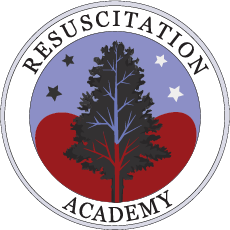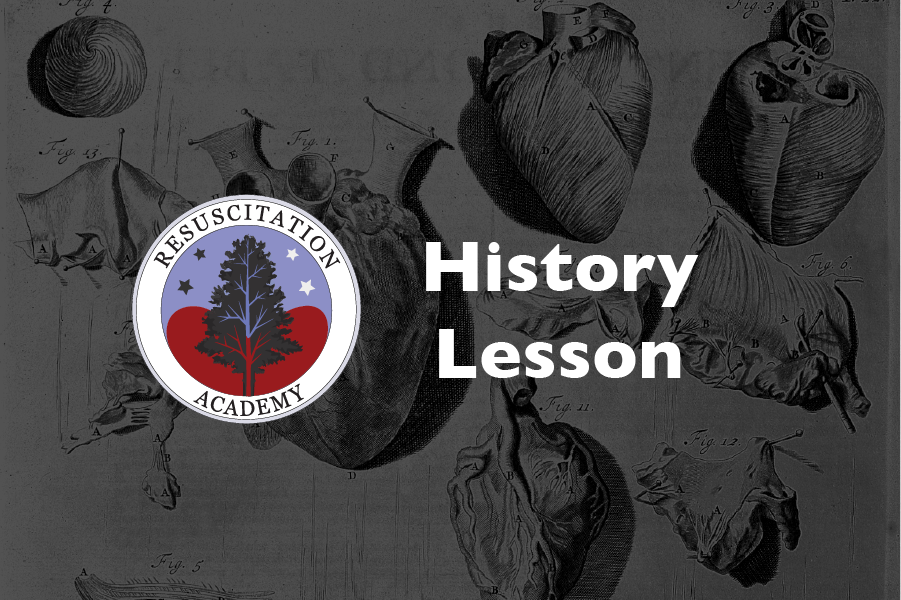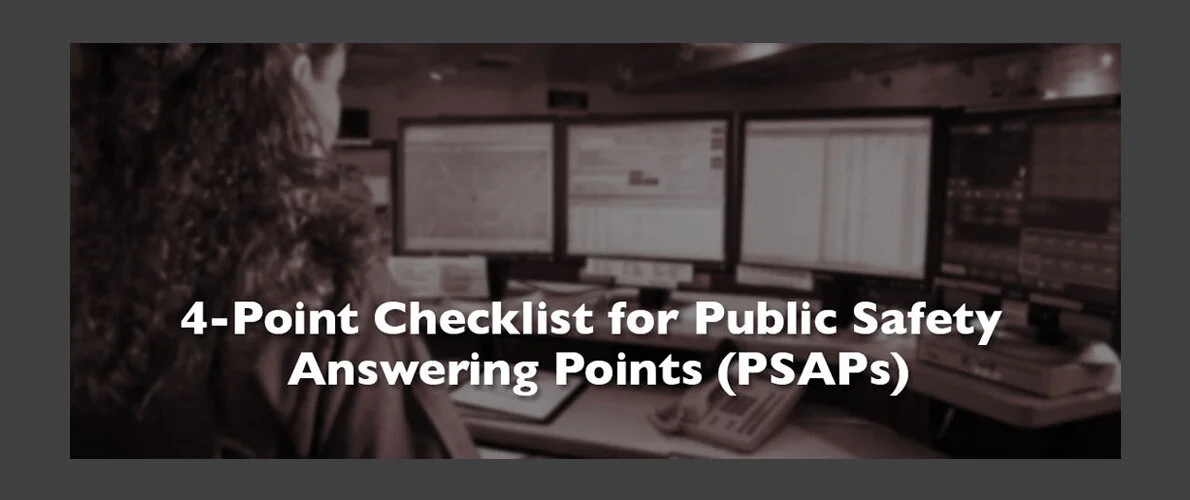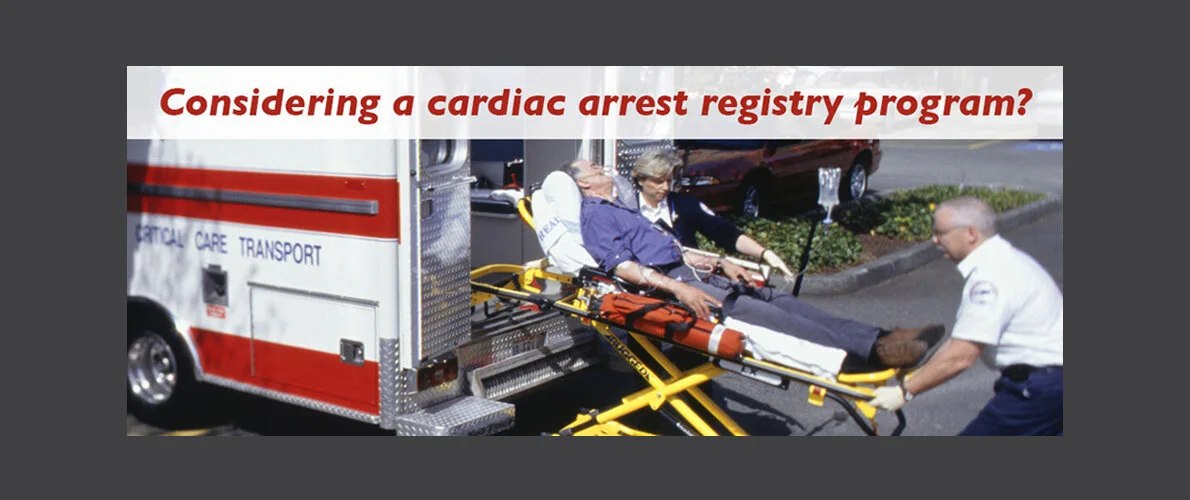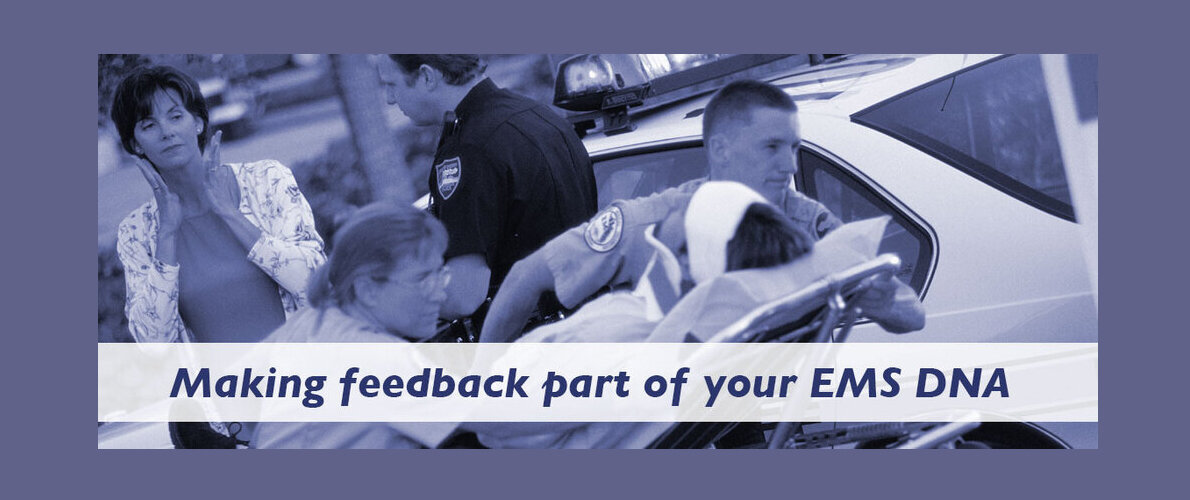There are opportunities to significantly increase survival from out of hospital cardiac arrest. Implementation of existing standards and training programs for telephone CPR and high-performance CPR will do much to improve survival.
Read MoreWidespread implementation of T-CPR and HP-CPR will invariably lead to more lives saved. Key to this occurring are vigorous quality training and quality improvement programs.
Read MoreIt is no exaggeration to describe survival as low with high disparity across communities. Based on CARES data overall survival from witnessed VF is 33% and survival from all rhythms is 10%.
Read MoreThe desire to resuscitate the suddenly dead is as old as recorded history. Nothing was more terrifying and mysterious as death, particularly in its sudden manifestation.
Read MoreOne of the RA’s mantras is it “takes a system to save a victim.” We believe that survival rates will improve if EMS and communications departments work together, have strong leadership and foster a culture of excellence.
Read MoreEvery sudden cardiac arrest starts with clinical death — and the race is on to provide treatment to stop the progression to biological death and restore signs of life.
Read MoreThe RA Network was created to provide members with quick access to new and updated resources, and to hear the latest and greatest about what's going on across the resuscitation community.
Read MoreThe Resuscitation Academy will be hosting an RA Alumni Meeting in conjunction with the the Emergency Cardiac Care Update (ECCU) Conference to be held in Seattle on December 10, 2019.
Read MoreDetroit used to have one of the lowest, if not the lowest, survival rate from cardiac arrest in the nation. A published article from 2007 listed one survivor among 471 cardiac arrests. But things have changed.
Read MoreWho invented CPR? Who invented defibrillation? When did EMTs and paramedics begin resuscitation in the community and in peoples homes? The answers are all in a 40 minute video on the history of EMS.
Read MoreHere’s a checklist of the four essentials your public safety answering points (PSAPs) need to maximize their effectiveness when handling cardiac arrest calls.
Read MoreThe first successful human defibrillation occurred 70 years ago in 1947. Much has happened since that milestone.
Read MoreThe first EMS program designed to treat cardiac arrest began 50 years ago in Belfast, Northern Ireland, and spawned the onset of paramedic programs in the United States.
Read MoreWithout tracking and measuring results, there’s no way to improve any system — especially when it comes to life-saving cardiac care.
Read MoreFeedback is a critical component of every successful EMS program. Because in this field, performance on the job can mean life or death for the patient.
Read More“How can we do better?” That was the rallying cry of the late Seattle Fire Captain Craig Aman, a tireless advocate for improving cardiac arrest survival rates.
Read MoreAround the world, the survival rate from cardiac arrest varies widely depending on where you live — and the statistics can be daunting.
Read More2016 saw important developments in resuscitation science and practice — among them the establishment of a Global Resuscitation Alliance and the adoption of a shared set of international treatment guidelines.
Read More